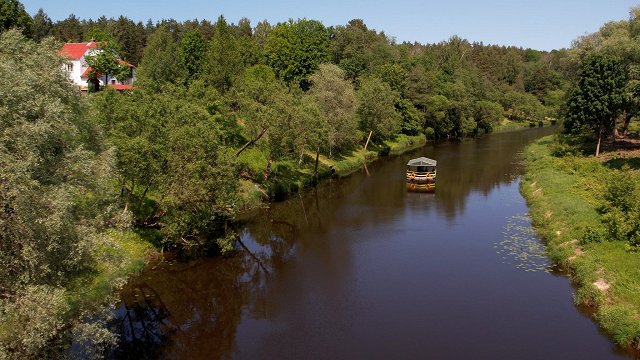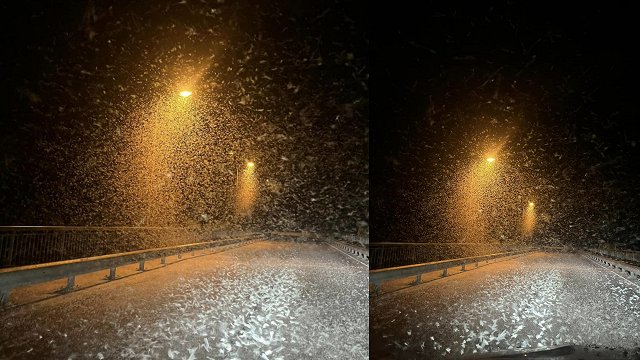A marine monitoring station in Germany recorded late last year that large masses of salty water from the North Sea through the Danish straits began to flow into the Baltic Sea. The process of exchanging water with the North Sea is difficult because the level in the Baltic Sea is always higher than in the North Sea.
“It is natural that water will always flow out of the Baltic Sea. As a result, something that flows in from the North Sea, on the principle of communicating vessels, is difficult. Plus there are still Danish straits where it's shallow. Water is hard to get through there,“ explains Māris Skudra, a researcher at the Latvian Institute of Hydroecology.
Large inflows require prerequisites and a coincidence of certain conditions. First, at least three weeks should be dominated by easterly winds pushing water out of the Baltic Sea, bringing levels down.
When levels fall in the Baltic Sea, it is important that strong westerly winds turn in, lifting levels in Kattegat Bay and driving the oxygen-rich North Sea water away to the Baltic Sea.
'The combination of such circumstances is relatively rare. Therefore, large inflows into the Baltic Sea are also relatively rare,” said Skudra.
Large inflows are important for the Baltic Sea ecosystem. In the deeper layers, where water does not usually mix, there is a shortage of oxygen. Therefore, certain areas of the Baltic Sea are referred to as dead.
It is hard to predict how long the influx of saltwater will last and how far and deep it will extend into the Baltic Sea. This could temporarily improve the situation in the central sea.
The last major surge in 2014 was the third-largest in the history of sightings. But the effect wasn't long. For the marine environment to recover from oxygen hunger, inflows of salty water would have to take place for years.



























